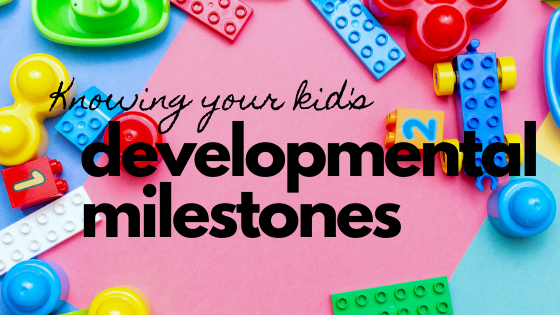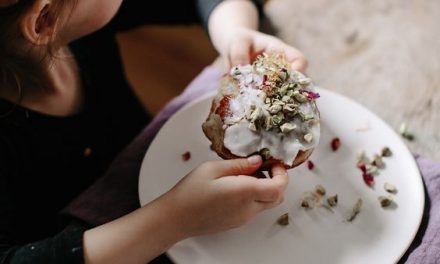Developmental milestones essentially refer to the range of normal development of a child ageing from 0 years old to the age of 5. It’s important to know if a child’s physical, language, social and cognitive abilities are normal or if they show signs of developmental delay because the faster it is treated, the more significant will the improvement be. Take a look at this list and consult with your doctor if your child is not able to do some of the skills mentioned below.
 2 months
2 months
- Coos, makes bubbling sounds
- Focus on faces
- Begins to follow things with eyes and recognize people at a distance
- Can hold head up and begins to push up when lying on tummy
- Turns head toward sounds
4 months
- Enjoys playing with people and might cry when it stops

- Copies some movements, facial expressions (smiling), and sounds heard
- Bring things to mouth and hold/shake the toys
- Holds head up without support
- Pushes up to elbows when they’re on their stomach
- Pushes down on legs when feet are on a hard surface
- Might be able to roll over
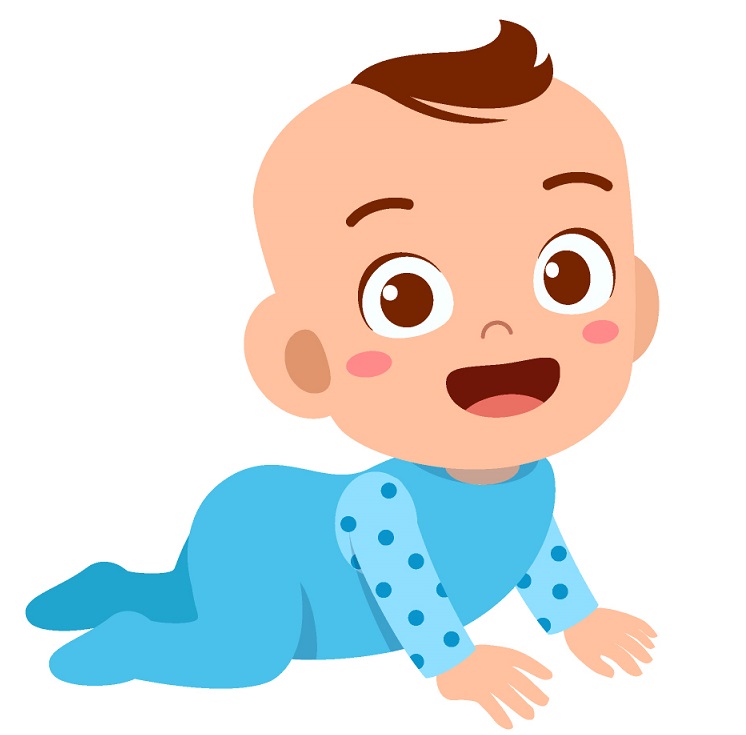 6 months
6 months
- Recognise familiar faces and strangers
- Strings vowels together when babbling (“ah,” “eh,” “oh”)
- Knows when people are calling their names
- Makes sounds when they are happy (laugh) and uncomfortable (cries)
- Begins to say bilabial consonant sounds “m”,”b”, “p”
- Begins to sit without support
9 months
- Use thumb and index finger to pick up things
- Pulls to stand, stands, holding on
- Sits independently without support
- Crawls
- May be afraid of strangers and clingy with familiar adults

- Looks for things he sees you hide (peek-a-boo)
- Able to move things from one hand to another without problem
1 year old
- Sometimes shy or nervous with strangers, cries when left with them
- Copy and uses simple body movements, like giving high 5 or waving “bye-bye”
- Makes sounds in different tones (sounds more like speech)
- Tries to say words you say
- Looks at the right picture or thing when it’s named
- Starts to use things correctly – drinks from a cup, brushes hair
- Pokes with index (pointer) finger
- Follows simple directions like “clean up”
- Gets to a sitting position independently
- Walk while holding on to something (“cruising”)
- May take a few steps without holding on / stand alone
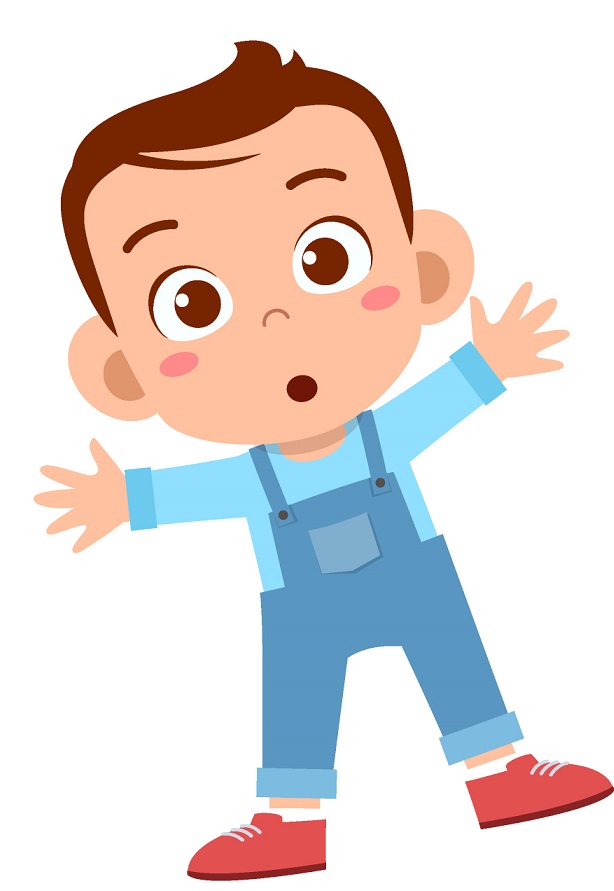 18 months
18 months
- May have temper tantrums / afraid of strangers
- Shows affection to familiar people
- Starts pretend-playing, such as flying an aeroplane toy
- Points when they see something interesting
- Explores alone but with adult supervision
2 years old
- Mimic what other people do
- Happy to see other children
- Shows more independence and defiant behaviour
- Name items and points to things or pictures when they are named
- Knows names of familiar people and body parts
- Says sentences with 2 to 4 words
- Repeats words overheard in conversation
- Begins to sort shapes and colours
- Plays simple pretend-play games
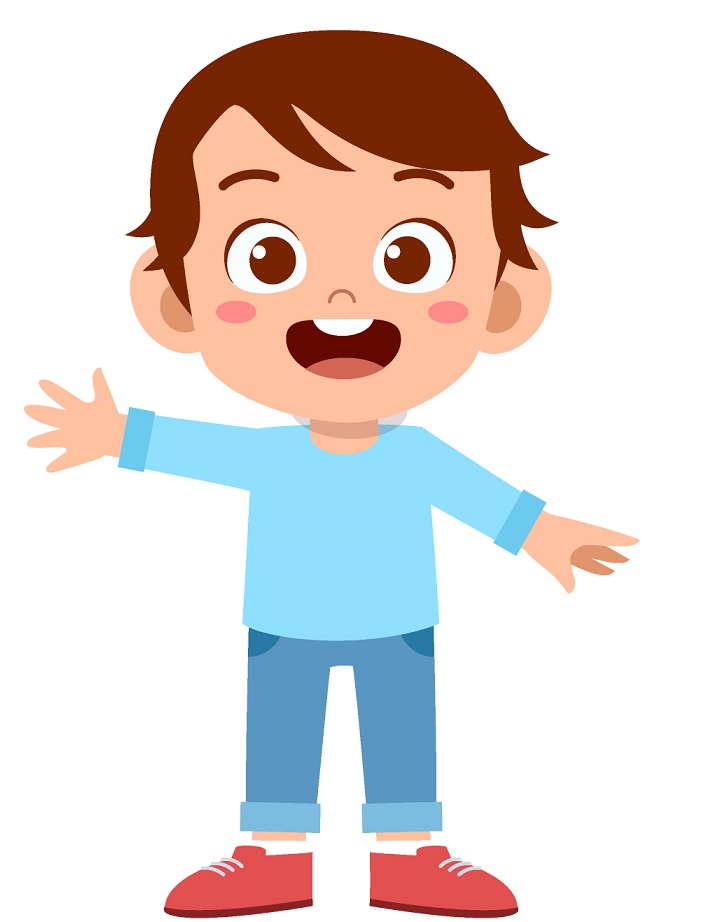
- Follows two-step instructions
- Stands on tiptoe and run
- Kicks a ball, throws ball overhand
- Climbs onto and down from furniture without help
- Makes or copies straight lines and circles
3 years old
- Mimics adults and friends
- Takes turns in games
- Understands the idea of ownership “mine” and “his”
- Shows different emotions without prompting
- Separates easily from mom and dad
- May get upset if their routines change
- Put on and take off clothes
- Can name most familiar things/ people
- Understands preposition like “in,” “on,”
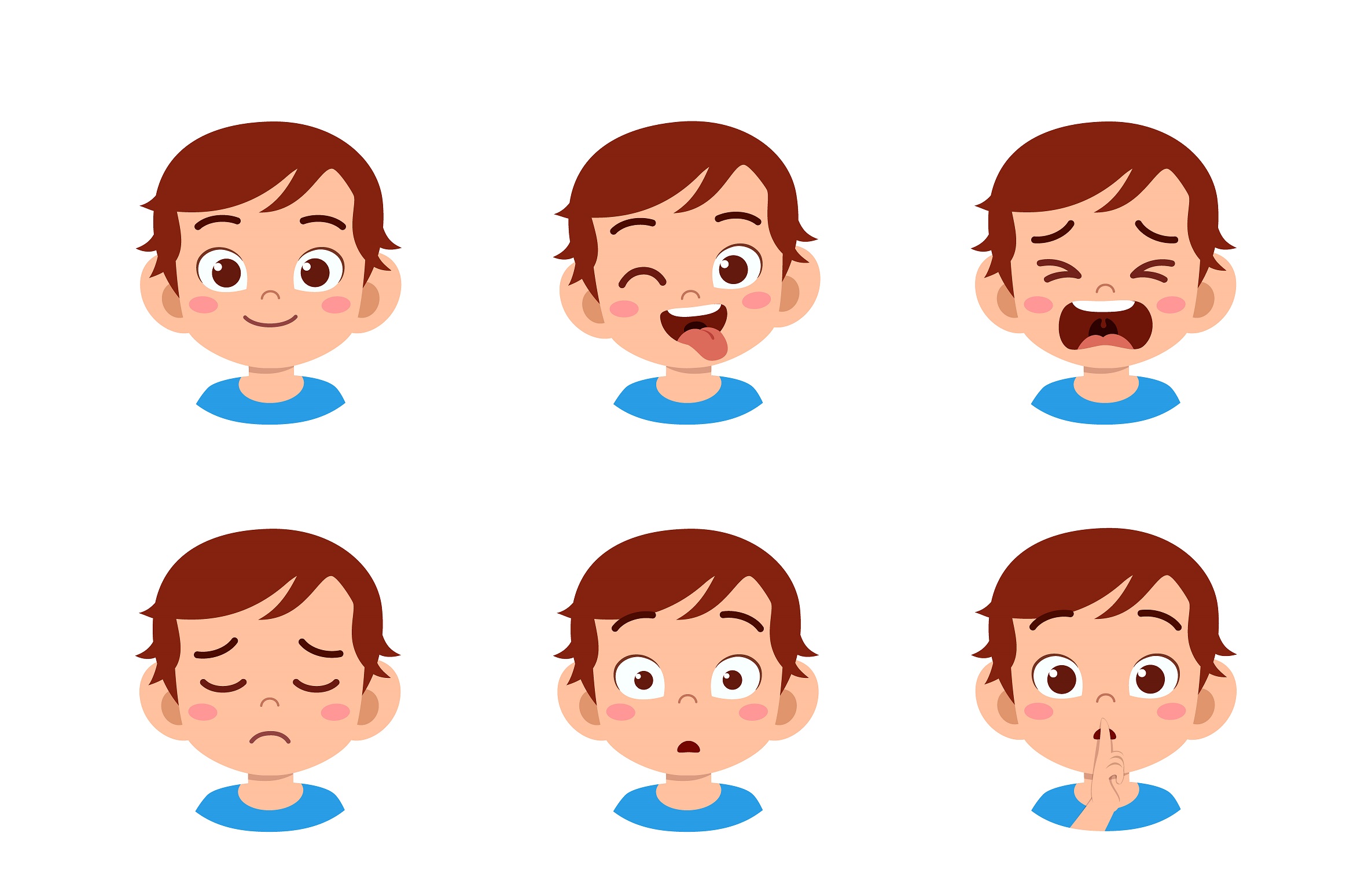
- Says first name, age, and sex
- Says pronouns like “I,” “we,” and some plurals
- Talks well enough for strangers to understand most of the time
- Can work things with buttons, levers, and mobile parts
- Plays make-believe with dolls, animals, and people
- Complete puzzles with 3 or 4 pieces
- Climbs well and runs easily
- Pedals a 3 or 4-wheel bike
- Walks up and downstairs, one foot on each step
4 years old
- Identify a few colours and numbers
- Remembers parts of a story and can tell them
- Understands the idea of “same” and “different”
- Uses scissors
- Starts to copy some letters
- Catches a bounced ball most of the time

- Gets more creative with imaginative play
- Prefer playing with friends than alone, can cooperate with friends
- Often can’t tell what’s real and what’s make-believe
- Knows some basic rules of grammar, such as correctly using “he” and “she”
- Sings a song from memory
5 years old
- Shows more independence
- Speaks in a clear manner
- Tells a simple story using full sentences
- Says name and remember places
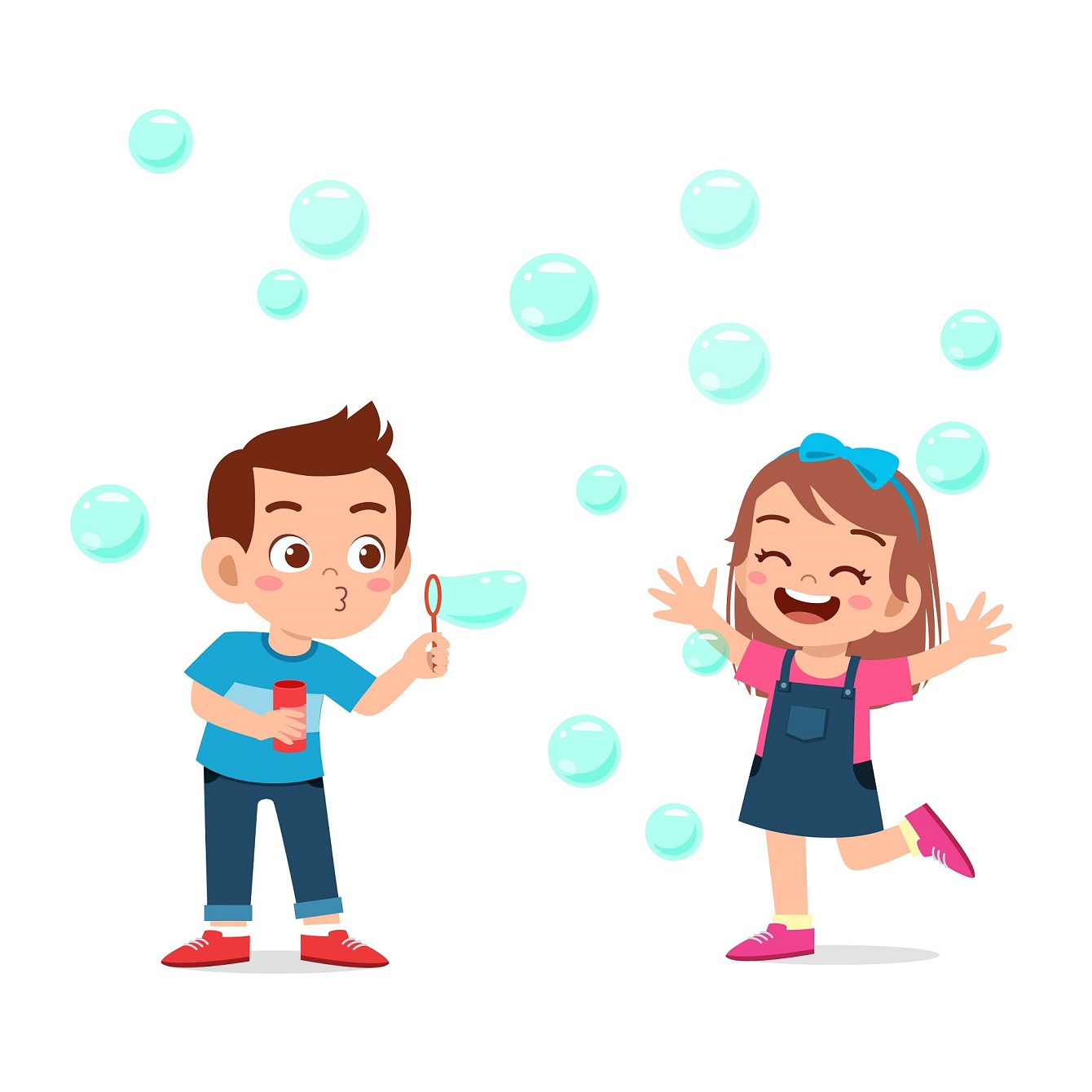
- Counts 10 or more things
- Able to copy some letters or numbers and shapes (triangle, square)
- Knows about things used every day, like household items and foods
- Wants to make their friends happy and be like them
- Higher tendency to agree with rules
- Likes to sing, dance, and act
- Understand what’s boys and girls mean
- Able to differentiate what’s real and what’s from their imagination
- Balances on one foot for 10 seconds or longer
- Hops and even skips
- Uses a fork and spoon and sometimes a table knife
- Potty trained
- Swings and climbs
Sometimes a child’s pace can be a little slower than their peers and that’s nothing you need to worry about. Nevertheless, if you notice that your little ones do not acquire a few of the skillset that they should have at the stated age, best that you seek professional advice. Centres like Autism Behavioral Centre and We Rock The Spectrum Gym are some of the centres that provide diagnosis and occupational therapy services for children with developmental delay. Learn more about them on our enrichment website.
Read: Does My Child Has Autism? What Signs should I Look Out For?
Read: The Truth about Vaccines

